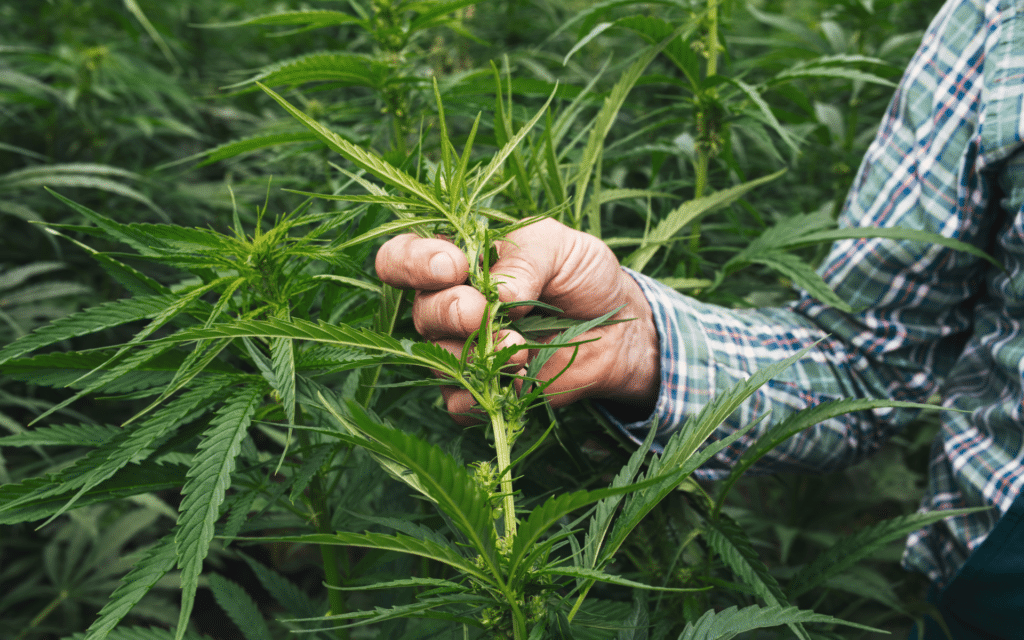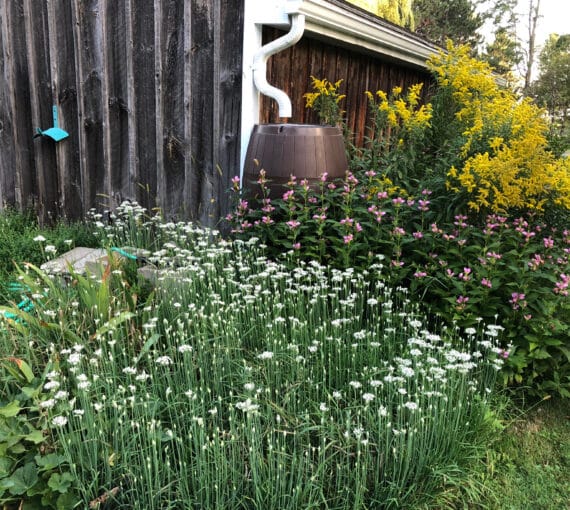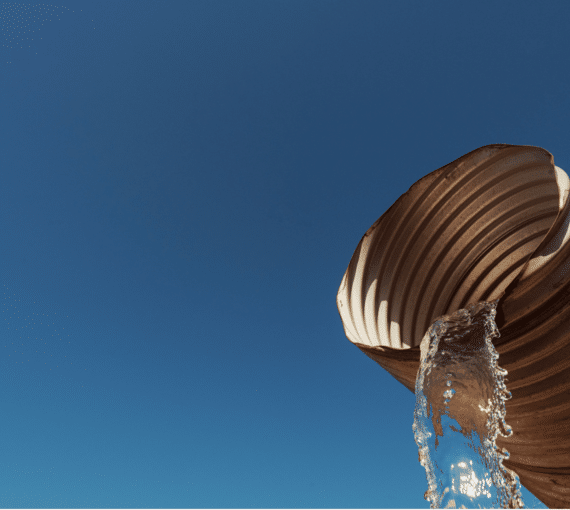
Overall, whether it’s used for fabrics, bioplastics, fuels, paper products or building materials, hemp has many advantages and few disadvantages.
Hemp has been promoted as a solution to a wide range of environmental issues — as an alternative to petroleum-based plastics, resource-depleting cotton, polluting fossil fuels, energy-intensive building materials, forest-destroying paper products and more. It’s even considered a healthy food source for people and animals and can be used to make cosmetics.
Should the hemp hype give us hope?
Hemp has been used for fibre, food and medicine for tens of thousands of years and is thought to be one of the earliest cultivated plants. Today, “hemp” usually refers to cannabis plants that are low in the psychoactive ingredients tetrahydrocannabinol and cannabidiol (THC and CBD), but any cannabis plant can be used for its fibre.
Much of the hype is true — although whether cannabis is a medicinal cure-all is a topic we don’t have space to cover here.
Hemp has been used for fibre, food and medicine for tens of thousands of years and is thought to be one of the earliest cultivated plants.
Hemp cultivation and use were hampered in the early 20th century in North America and elsewhere. Largely because of racist drug laws, growing it was criminalized in the United States in 1937 under the Marihuana Tax Act, and in Canada in 1938 under the Opium and Narcotic Drug Act. Industrial hemp cultivation and production were legalized in Canada in 1998 and in the U.S. in 2018, leading many to reconsider its benefits.
Hemp fibre has numerous advantages over other materials, including cotton. It can also be used to make packaging and building materials that are more environmentally friendly than petroleum-based plastics and other materials, and it can be converted to fuel.
Many of hemp’s advantages are in how it grows — a reason it’s often called “weed.” It’s fast-growing and doesn’t require a lot of water or space, and has properties that can reduce the need for chemical herbicides and pesticides. Its deep root systems store carbon from the atmosphere, prevent erosion and replenish soil nutrients after harvesting. It can also be used for cover crop as it can remediate contaminated soils and prevent weeds, nematodes and harmful fungi.
Hemp fibre has numerous advantages over other materials, including cotton.
Cotton uses about 50 per cent more water than hemp to grow, and about four times as much when processing is included. Hemp can also produce about twice as much fibre per hectare as cotton. According to a study by researchers in Bangladesh, “Hemp fiber cultivation requires about 77.63 percent less cost in fertilization, seeds, field operation, and irrigation costs than cotton, the most recognized natural fiber.”
Cotton has a few advantages over hemp, but they’re not major. Cotton is softer and easier to process, although that means hemp is more durable. Hemp fabrics are also less colour-fast, wrinkle more easily and are more difficult to recycle. Hemp is also more expensive and requires a bit more energy to process, but its costs could come down as more enters the market.
Cost is also the main disadvantage to hemp bioplastic, but that’s partly because plastic made from fossil fuels is priced artificially low because the damage the industry causes isn’t factored in. Bioplastic made from hemp is biodegradable and much stronger and lighter than oil-based plastic, which doesn’t break down completely and is fouling our lands, waters and even our bodies. Hemp bioplastic has already been used for everything from packaging to car parts.
An added bonus: increasing decriminalization and legalization of psychoactive cannabis for recreational and medicinal purposes means a lot more cannabis hemp is being grown.
As for biofuels made from hemp, again, they’re far more environmentally friendly than fossil fuels — but also more expensive, for some of the same reasons. Hemp biofuels are mainly derived from oils in the seeds but can also be made from other plant parts and biochar. Hemp fuel is renewable, unlike fossil fuels, and is carbon-neutral because the emissions it creates are offset by the carbon it sequesters when it’s growing.
An added bonus: increasing decriminalization and legalization of psychoactive cannabis for recreational and medicinal purposes means a lot more cannabis hemp is being grown. Because the psychoactive cannabis industry mainly uses the buds, flowers and leaves, the fibre-containing stems and stalks can be used for other purposes, reducing waste. A win-win!
Overall, whether it’s used for fabrics, bioplastics, fuels, paper products or building materials, hemp has many advantages and few disadvantages. The biggest drawback, cost, will surely be reduced as more hemp is grown and more facilities are built to process it. It’s also far better for the environment than cotton, fossil fuels and tree-based paper products.



